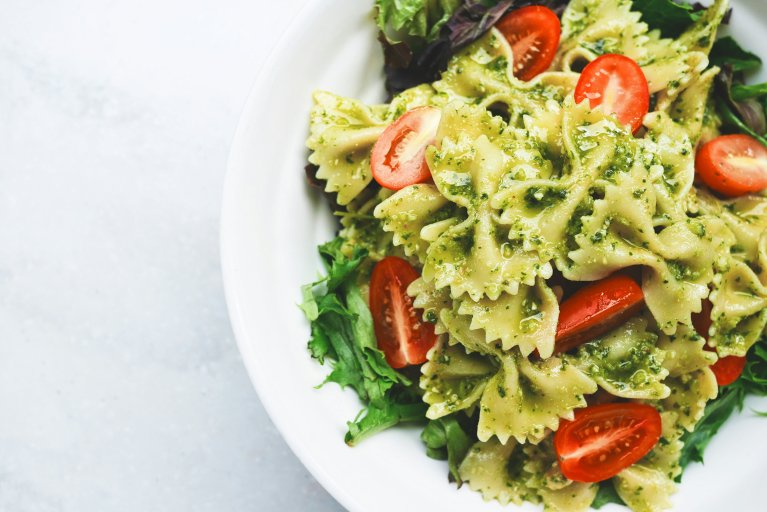Food Resources – Cooking Cajun Food
When it comes to cooking Cajun food, there are no shortage of delicious and authentic ingredients to choose from. The rich and flavorful cuisine of Louisiana often features a combination of French, African, and Native American influences, resulting in unique and mouth-watering dishes. From meats and seafood to vegetables and spices, here are some essential food resources for cooking Cajun food.
Meats
One of the staples of Cajun cuisine is meat, particularly pork and chicken. Some classic dishes include gumbo, jambalaya, and pork and sausage gumbos. When it comes to choosing quality meat for your Cajun dishes, there are a few options to consider.
Andouille Sausage: This spicy smoked pork sausage is a must-have for any Cajun recipe. It is often used to add a rich and smoky flavor to dishes such as gumbo, jambalaya, and red beans and rice.
Tasso: Another type of smoked pork, tasso is often used in gumbo, soups, and stews to add a bold and savory flavor. It is typically seasoned with spices like cayenne pepper, garlic, and paprika.
Crawfish: These small freshwater crustaceans are a staple in Cajun cooking. They can be used in a variety of dishes, including etouffée, gumbo, and pasta dishes. Their sweet and delicate flavor adds a unique touch to any Cajun meal.
Seafood
Another important component of Cajun cuisine is seafood, with Louisiana being known for its abundant seafood resources. From shrimp and crab to oysters and fish, the options are endless when it comes to incorporating seafood into your Cajun dishes.
Shrimp: Shrimp is a versatile ingredient in Cajun cooking, as it can be grilled, fried, boiled, or added to stews and casseroles. It is often used in popular dishes like shrimp etouffée, gumbo, and jambalaya.
Crab: Another popular seafood in Cajun cuisine is crab, whether it’s blue crab, king crab, or soft-shell crab. It is often used in dishes like crab cakes, gumbo, and étouffée.
Oysters: Oysters are also abundant in Louisiana and are used in dishes like oyster po’ boys, oyster dressing, and oyster soup. Their briny and salty flavor adds a unique taste to any dish.
Vegetables
Vegetables are also an important part of Cajun cuisine, with dishes often showcasing a variety of fresh and seasonal produce. Some of the most commonly used vegetables include bell peppers, onions, celery, and okra.
Bell Peppers: Bell peppers are a staple in Cajun dishes, adding a sweet and subtle flavor to dishes like gumbo, jambalaya, and étouffée. They can be used in their raw form or cooked down to add depth to a dish.
Onions and Celery: These two vegetables, along with bell peppers, make up the “holy trinity” of Cajun cooking. They are used as the base for many dishes and add a savory and slightly sweet flavor to the overall dish.
Okra: Okra is a popular vegetable in Cajun cooking and is often used as a thickening agent in gumbo. It can also be stewed, grilled, or fried and added to a variety of dishes.
Spices and Seasonings
No discussion of Cajun food resources is complete without mentioning spices and seasonings. Cajun cuisine is known for its bold and spicy flavors, and the key to achieving this is through the use of various spices and seasonings.
Cayenne Pepper: Cayenne pepper is a key ingredient in most Cajun dishes and provides the signature spicy kick. It is often used in combination with other spices like black and white pepper, garlic, and paprika.
File Powder: File powder is made from dried and ground sassafras leaves and is frequently used in gumbo and other Cajun stews. It adds a unique earthy and slightly sweet flavor to dishes.
Cajun Seasoning Blend: If you’re looking to add an authentic Cajun flavor to your dishes, consider using a pre-made Cajun seasoning blend. It typically consists of a variety of spices, including cayenne pepper, paprika, thyme, and oregano.
In Conclusion
Cajun cuisine offers a rich and flavorful culinary experience, with a variety of meats, seafood, vegetables, and spices to choose from. In addition to the resources mentioned above, don’t be afraid to experiment with other ingredients and recipes to create your own unique and delicious Cajun dishes. Happy cooking!








